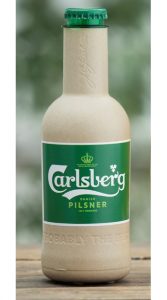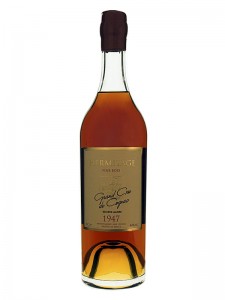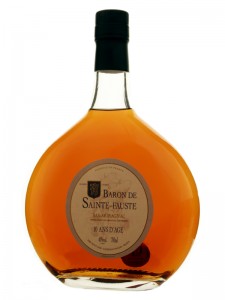Addressing Environmental Concerns
 Several environmental initiatives, designed to address climate change, have been launched recently:
Several environmental initiatives, designed to address climate change, have been launched recently:
1. In Cognac, the BNIC has introduced a ban on the chemical weeding of vineyard plots stating that winegrowers must control vegetation ‘by mechanical means’ in order to ‘preserve the terroir’s environment and resources.’ In addition, chemical weeding of field boundaries has been banned. The new ruling must be implemented by August 2020.
2. Closure maker, Diam Bouchage, has announced that using cork “is a long-term contribution to climate change mitigation”. The company claims that its cork production now absorbs more carbon dioxide than it creates. Cork forests help to absorb CO2 in the earth’s atmosphere and the trees are only harvested every 10 years for their bark. Demand for more corks will therefore lead to the planting of more trees. Cork trees live for over 120 years so their effect on the atmosphere is long lived.
3. In an attempt to address the perennial problem of drink packaging, Carlsberg have produced a ‘paper bottle’. Made from sustainably sourced wood fibres, it has a bio-based “inner barrier” which enables the bottle to hold beer and be fully recyclable. Still under development it is hoped that controlled testing will begin in 2020.


